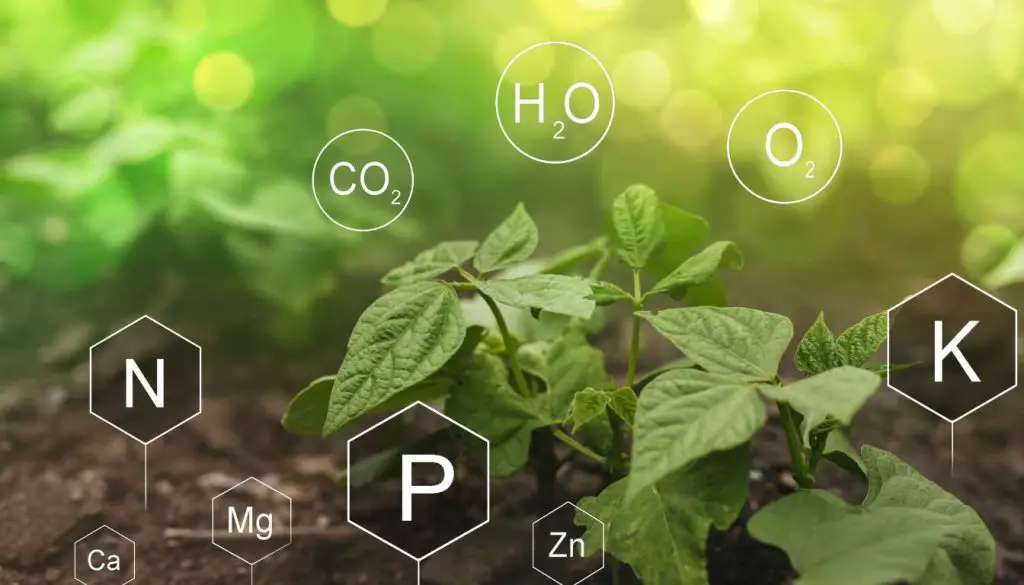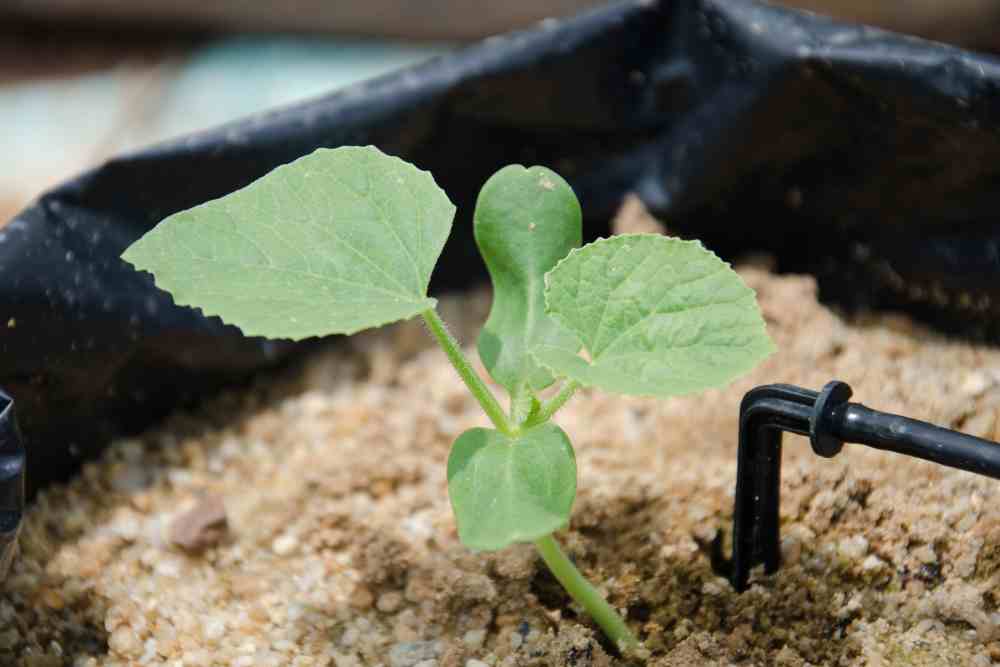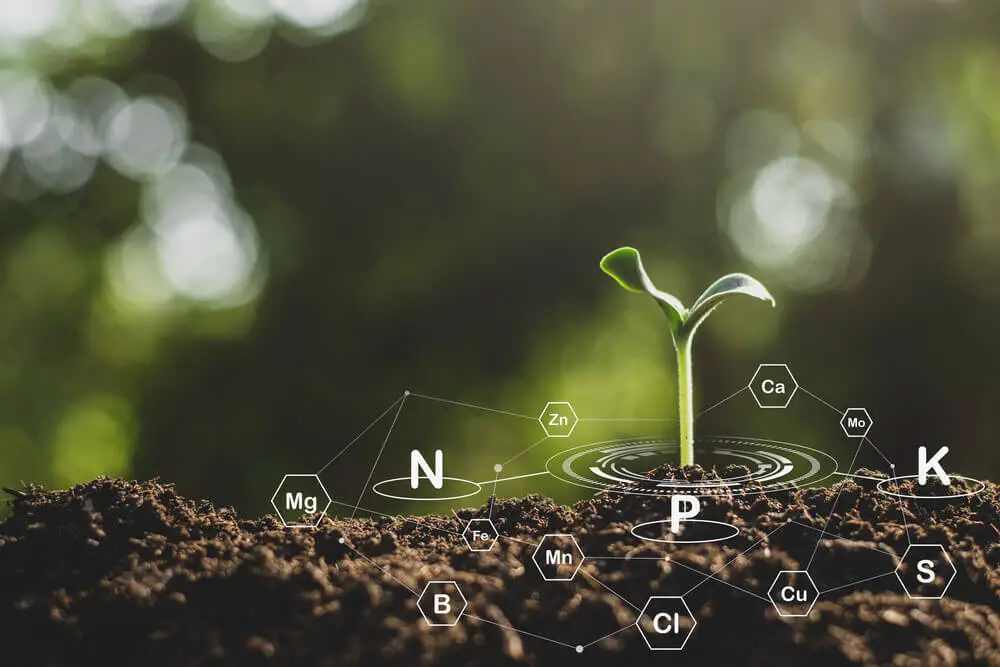Plant Nutrients and Their Roles: Essential Nutrients for Plants
Mainly there are three essential nutrients Carbon(C), Hydrogen (H), Oxygen(O). These are non-fertilizer elements.
Practical Applications and Tips for Effective Use of Plant Nutrient Knowledge
Understanding the role of various nutrients in plant growth is crucial for anyone involved in agriculture, gardening, or environmental science. This knowledge not only enhances plant health and yield but also contributes to sustainable practices. In this article, we will explore practical applications and tips for using this knowledge effectively in various settings.
1. Home Gardening:
- Soil Testing: Before planting, conduct a soil test to understand nutrient deficiencies.
- Custom Fertilization: Based on the test, use specific fertilizers to address deficiencies, avoiding over-fertilization.
- Composting: Incorporate compost to improve soil organic matter, which naturally enhances nutrient availability.
2. Commercial Agriculture:
- Crop Rotation: Implement crop rotation to maintain soil nutrient balance and reduce the need for synthetic fertilizers.
- Precision Agriculture: Utilize technology to apply nutrients precisely where and when they are needed, minimizing waste.
- Integrated Nutrient Management: Combine organic and inorganic sources for a balanced approach to fertilization.
3. Environmental Conservation:
- Ecosystem Restoration: In restoration projects, consider the nutrient needs of native plants to ensure successful re-establishment.
- Water Quality Management: Understand the impact of agricultural runoff on local water bodies and implement practices to reduce nutrient pollution.
4. Educational Settings:
- Teaching Resources: Use nutrient cycles and plant nutrition as practical examples in biology and environmental science classes.
- School Gardens: Implement school gardens as a hands-on learning tool for understanding plant growth and nutrition.
Tips for Effective Nutrient Management:
- Understand Plant Needs: Different plants have varying nutrient requirements. Tailor your approach accordingly.
- Monitor Plant Health: Regularly check plants for signs of nutrient deficiencies or excesses and adjust your practices.
- Stay Informed: Keep up with the latest research in plant nutrition and sustainable practices.
- Safety First: When using fertilizers and amendments, always follow safety guidelines to protect yourself and the environment.

Oxygen
All oxygen available to life on Earth comes from plants. Plants don’t absorb oxygen from the air, but instead, acquire it during the breakdown of carbon dioxide as part of photosynthesis. Most of the oxygen plants take in is expelled as a byproduct.
Only a very small amount is used by the plant for respiration. Oxygen interacts with nitrogen in a process called denitrification, and it affects other elements’ oxidation states as well. Only the leaves and stems of a plant acquire oxygen through photosynthesis. The roots of a plant are forced to take in oxygen from the environment through air spaces in the soil.
Carbon
Carbon is the primary energy source and building block for plant tissues. Crop residues, green manures, and animal wastes can be significant sources of organic carbon in the soil. Carbon is converted through photosynthesis into simple sugars; carbon helps plants build starches, carbohydrates, cellulose, lignin, and protein. Almost half of a plant’s dry matter contains carbon.
Hydrogen
Nearly all organic compounds also contain hydrogen atoms, which explains why plants need the hydrogen they get from water molecules through photosynthesis. Hydrogen is necessary for building sugars and other molecules to produce glucose for plant energy. Hydrogen is rarely a limiting nutrient.
Hydrogen is known as a structural element; hydrogen is present in both the atmosphere and the growing environment. Hydrogen is an element and can be a compound as well. As an element, hydrogen is the lightest, with one protein, and one electron pair, creating a constant bond, which takes the form of a gas.
Primary (macro) nutrients are nitrogen, phosphorus, and potassium. They are the most frequently required in a crop fertilization program. Also, they need the greatest total quantity of plants as fertilizer.
Nitrogen
Nitrogen is a component of vitamins, amino acids, and energy systems within the plant, which forms its proteins. Thus, N is directly responsible for increasing protein content in the plant. Nitrogen is necessary for chlorophyll synthesis and, as a part of chlorophyll molecules, is involved in photosynthesis.
Lack of N and chlorophyll means the plant will not utilize sunlight as an energy source to carry on essential functions such as nutrient uptake. In addition, Aids in the production and use of carbohydrates, Affect energy reactions in the plant.
Phosphorus
The highest levels of P in young plants are found in tissue at the growing point. As crops mature, most P moves into seeds, fruit, or both. Phosphorus is noted especially for its role in capturing and converting the sun’s energy into useful plant compounds. Under P deficiency, some crops, such as corn, tend to show abnormal discoloration. In addition, it Increases water-use efficiency, Hastens maturity.

Potassium
Potassium enhances many enzyme actions aiding in photosynthesis and food formation. It builds cellulose and helps translocate sugars and starches. Potassium is vital to producing grains rich in starch. Potassium maintains turgor and reduces water loss and wilting.
Potassium is known as the ‘quality nutrient’ because of its important effects on factors such as size, shape, color, taste, shelf life, fiber, and other quality-related measurements. In many high-yielding crops, the K content in the plant is comparable to the nitrogen content. Potassium maintains turgor and reduces water loss and wilting.
Potassium is absorbed by plants in the ironic form, indicated as K+. In addition, it improves the quality of seeds and fruit, Improves winter hardiness, and Increases disease resistance.
The secondary nutrients are calcium, magnesium, and sulfur. For most crops, these three are needed in lesser amounts than the primary nutrients. They are growing in importance in crop fertilization programs due to more stringent clean air standards and efforts to improve the environment.
Magnesium
Magnesium is mobile within the plant and moves easily from older to younger tissues. When Mg deficiencies occur, the lower (older) leaves are affected; first, plants require Mg to capture the sun’s energy for growth and production through photosynthesis.
The key element of chlorophyll production, Improves utilization and mobility of phosphorus, the Activator, and component of many plant enzymes, Increases iron utilization in plants, and Influences earliness, and uniformity of maturity.
Magnesium acts as a phosphorus carrier in plants and is required for better root formation and thus for better nutrient and water efficiency in plants. In addition, it increases iron utilization in plants and influences earliness and uniformity of maturity.
Sulfur
Sulfur is present in several organic compounds that give the characteristic orders to garlic, mustered, and onion. Sulfur is also important in photosynthesis and for winter crop hardness—sulfur aids in seed production.
Sulfur appears in every living cell and is required for the synthesis of certain amino acids (cysteine and methionine) and proteins. However, sulfur isn’t a constituent of chlorophyll. It’s still vital in chlorophyll formation. Leguminous plants need sulfur for efficient nitrogen fixation.
It helps to the synthesis of an integral part of amino acids, helps develop enzymes and vitamins, and promotes nodule formation on legumes.
Calcium
Calcium helps form the compounds that makeup part of cell walls, which in turn, strengthen the plant structure. Calcium deficiencies occur most often in acidic, sandy soils from which calcium leaches via rain or irrigation water.
Calcium builds yields indirectly by improving root growth conditions and stimulating microbial activity: molybdenum availability and uptake of other nutrients. Calcium helps balance organic acids within the plant and activates several plant enzyme systems.
Calcium stimulates root and leaf development and affects the uptake and activity of other nutrients. Calcium helps enable nitrogen-fixing bacteria that form nodules on the roots of leguminous plants to capture atmospheric nitrogen gas and convert it into a form plants can use.
Boron
Boron improves seed under stressful conditions. Although required in small amounts, boron is a component of all cell walls in the plant. Boron deficiencies are more pronounced during drought periods when root activity is restricted.
Corn most effectively uses boron when it’s applied through broadcast soil application. The line between deficiency and toxicity is narrow than other essential nutrients. Farmers should apply at the proper rate and with proper placement.
In addition, it is essential for the germination of pollen grains and growth of pollen tubes; essential for seed and cell wall formation promotes maturity, is Necessary for sugar translocation, and Affects nitrogen and carbohydrate.
Chloride
Chloride supports the transport of nutrients such as calcium, magnesium, and potassium within a plant. Chloride is involved in the chemical breakdown of water in the presence of sunlight and the activities of several enzyme systems. Stromata regulate the release of moisture from plants so they can minimize water loss during stressful dry provides.
Chloride is key in stromata regulation. Chlorides play an important role in plants as they acclimate to changing water availability ( or make osmotic adjustments). It interferes with P uptake and enhances the maturity of small grains on some soils.
Manganese
Manganese is very immobile in plants, so deficiency symptoms appear first on the youngest leaves, with yellowing between the wins. Sometimes a series of brownish-black spots appear.
Although manganese deficiencies are often associated with high soil pH, they may result from an imbalance with other nutrients such as calcium (Ca), magnesium (Mg), and iron(Fe). Manganese deficiencies are most common in high organic matter soil and in those soils with naturally low manganese content and neutral to alkaline pH.
Iron
Most iron fertilizer sources work best applied as foliar sprays. Iron deficiencies may be caused by an intolerance to other metals copper (Cu), manganese (Mn), and molybdenum (Mo). Iron is a catalyst for chlorophyll formation. Iron acts as an oxygen carrier in the nodules of legume roots.
Plants deficient in iron will often display a pale green leaf color (chlorosis), with a sharp distinction between green veins and yellow interveinal tissues. In addition, it promotes the formation of chlorophyll, acts as an oxygen carrier, and reactions involving cell division and growth.
Nickel
Nickel is a component of the urease enzyme and is, therefore, necessary for the conversion of urea to ammonia in plant tissue, making it important in [lant nitrogen metabolism.
Nickel deficiency has been observed in some nursery plants and tree crops. Affected trees develop mouse-ear, marked by small, curled leaves and stunted growth. No nickel deficiencies have been observed under crop growing conditions, but in crop research settings, agricultural scientists have reproduced deficiency symptoms such as chlorosis of young leaves.
Copper
Copper is the most immobile of the micronutrients. Copper is necessary for chlorophyll formation in plants and catalyzes several other plant reactions. Organic soils are the most vulnerable to copper deficiency; heavy, clay-type soils are the least vulnerable.
Other metals in the soil, such as iron, manganese, and aluminum, affect the availability of copper for plant growth. In addition, it catalyzes several plant processes, a Major function in photosynthesis, a Major function in reproductive stages, indirect role in chlorophyll production.
Zinc
Zinc is less mobile within the plant, so deficiency symptoms first appear on the young leaves. Protein synthesis and growth regulation require zinc. Reduced hormone production due to a zinc-deficient plant will cause the shortening of internodes and stunted leaf growth. As soil pH increases, zinc decreases.
Zinc aids the synthesis of plant growth substances and enzyme systems and is essential for promoting certain metabolic reactions, which are particularly critical in the early growth stages. In addition, it is necessary for starch formation, aids in seed formation, and is necessary for carbohydrate formation.
Molybdenum
Plants take molybdenum as the MoO42- anions. Excessively molybdenum is toxic, especially to grazing animals. Molybdenum becomes more available as soil pH goes up, the opposite of most other micronutrients. Molybdenum deficiency symptoms show up as a general yellowing and stunting of the plant.
A molybdenum deficiency can also cause marginal scorching and cupping or rolling of leaves. It is required to form the enzyme “nitrate reductase,” which reduces nitrates to ammonium in the plant, Aids in the formation of legume nodules, and Needs to convert inorganic phosphates to organic forms in the plant.
FAQ
What are the primary nutrients needed by plants?
The primary nutrients required by plants are nitrogen (N), phosphorus (P), and potassium (K). These nutrients are essential for various plant functions, including growth, root development, and fruit and flower production.
How can I tell if my plants are nutrient-deficient?
Nutrient deficiencies often manifest as discoloration or deformities in leaves. For instance, nitrogen deficiency typically causes yellowing of older leaves, while phosphorus deficiency can lead to dark green or purplish foliage.
Can I over-fertilize my plants?
Yes, over-fertilization is a common problem. It can lead to nutrient burn, characterized by browned or withered leaf edges and can disrupt the balance of nutrients in the soil, making it harder for plants to absorb what they need.
What is the role of micronutrients in plant health?
Micronutrients, such as iron, manganese, and zinc, are needed in smaller quantities but are crucial for plant health. They play vital roles in enzyme function, photosynthesis, and disease resistance.
How often should I test my soil?
It’s advisable to test your soil every 1-3 years. Regular testing helps monitor nutrient levels and pH, ensuring that you can adjust your fertilization practices as needed.
Is organic fertilizer better than synthetic fertilizer?
Both types have their advantages. Organic fertilizers improve soil structure and increase organic matter but release nutrients slowly. Synthetic fertilizers provide immediate nutrient availability but can contribute to soil degradation over time.
Can plants get all their nutrients from the soil without additional fertilization?
This depends on the soil’s natural fertility and the type of plants. Some soils may need supplemental fertilization for optimal plant growth, especially in intensive gardening or farming.
How does pH affect nutrient availability in soil?
Soil pH can significantly impact nutrient availability. Most nutrients are readily available to plants in soils with a pH between 6 and 7.5. Outside this range, certain nutrients become less available.
What is the best way to apply fertilizer?
The best method depends on the type of fertilizer and the needs of your plants. Generally, it’s best to follow the manufacturer’s instructions and apply fertilizers evenly, avoiding direct contact with plant stems and leaves.
Can proper nutrient management impact environmental sustainability?
Absolutely. Proper nutrient management can reduce runoff into water bodies, decrease the need for chemical fertilizers, and promote healthier ecosystems.
- 20+ Chic Boho Bedroom Ideas for a Cozy and Stylish Retreat - June 20, 2024
- 12+ Modern Boho Living Room Ideas to Create a Unique Oasis - June 10, 2024
- 10 Stunning Canopy Bed Ideas for a Dreamy Escape - May 16, 2024


